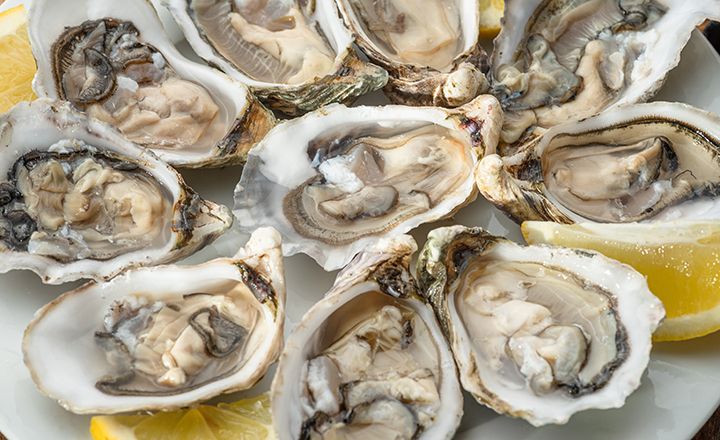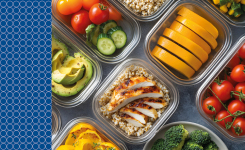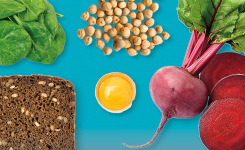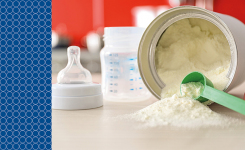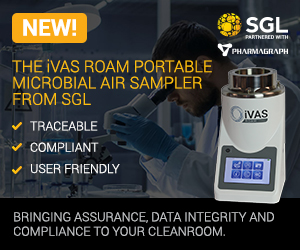Norovirus facts:
- Norovirus is a highly contagious virus that causes vomiting and diarrhea
- Contaminated oysters are a common source of outbreaks
- Rapid detection is essential to prevent the spread of illness
Norovirus remains a significant cause of foodborne illness worldwide, particularly within the food industry, where maintaining safety and quality is paramount. In 2024, there has been an observed increase in Norovirus cases, prompting a renewed focus on detection and prevention measures. Understanding the best practices for virus detection, especially using real-time PCR-based methods, is crucial for minimizing the risk of contamination.
Norovirus and its impact
Norovirus is a member of the Caliciviridae family, known for causing gastroenteritis, with symptoms like nausea, vomiting, diarrhea, and abdominal pain. The virus is highly contagious and can spread through contaminated food and water, person-to-person contact, or contact with contaminated surfaces. While outbreaks can occur in any setting, they are particularly concerning in the food industry due to the potential for widespread distribution.
Raw foods, such as salads, (frozen) fruit, crab or shellfish may be contaminated with Noroviruses and cause infection, as well as contaminated water and other beverages. However, the main source is contaminated bivalve molluscs (such as oysters) consumed raw or undercooked as well as fruit and vegetables.
The 2024 increase in cases
Norovirus illnesses and outbreaks are typically more common in cooler winter months; thus, it’s also called the “winter vomiting bug”. This year, however, there has been an unseasonal increase of reported Norovirus cases in Europe and US, compared to the previous years. Moreover, there have been increased RASFF notifications about Norovirus contaminations in bivalve molluscs for example.
Real-time PCR detection of Norovirus in food
Accurate detection of Norovirus in food products is essential for controlling potential outbreaks. The major difficulty of detecting virus contaminations in food, is that it is distributed often heterogeneously and only occurs in very small virus quantities– which, however, can already cause an infection and must therefore be detected reliably. In addition, it is desirable to test not only food but also water and surfaces. The use of real-time PCR has become a standard approach due to its sensitivity and specificity.
SureFast® Norovirus/Hepatitis A 3plex is a real-time PCR test detecting Norovirus and hepatitis A simultaneously. The target genes for the detection of Norovirus GGI/GGII and hepatitis A are adjusted to the DIN EN ISO 15216-2.
Tailoring RNA preparation for different food types
One of the challenges in detecting Norovirus in food is the diversity of food matrices, which requires customized RNA preparation protocols. Different foods present unique obstacles for virus detection, necessitating specific approaches:
- Fresh Produce: For items like lettuce and berries, a thorough washing and elution process is necessary to remove surface-bound viruses, followed by concentration to enhance detection.
- Shellfish: Given that shellfish can accumulate viruses from contaminated water, homogenization of tissue and careful extraction of RNA are required to ensure reliable results.
- Processed Foods: Complex food matrices, such as those found in ready-to-eat meals, may contain inhibitors that affect PCR performance. Adjusting sample preparation methods can improve RNA recovery.
By optimizing these protocols according to the food type, laboratories can achieve more accurate detection of Norovirus.
The increase in Norovirus cases in 2024 highlights the importance of robust detection strategies in the food industry. Employing advanced PCR-based methods, coupled with tailored RNA preparation protocols, can significantly enhance the accuracy of Norovirus detection in various food products. As the industry continues to adapt to changing conditions, maintaining high standards in food safety testing will be key to managing and reducing the risk of Norovirus outbreaks.

